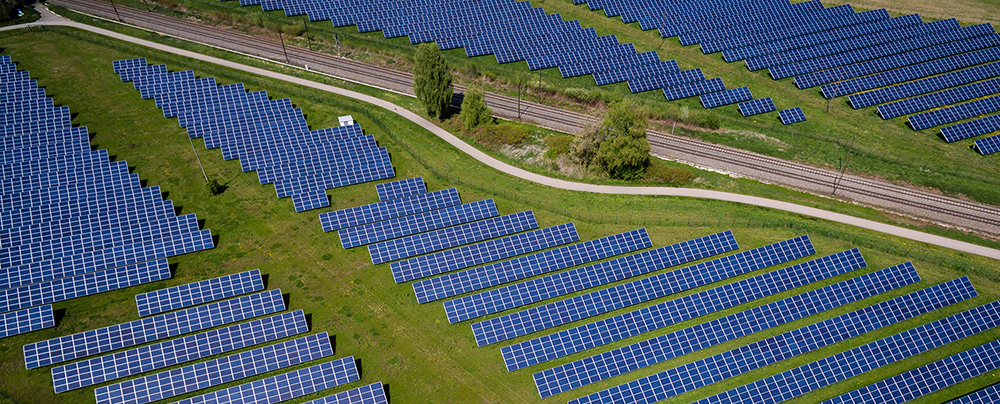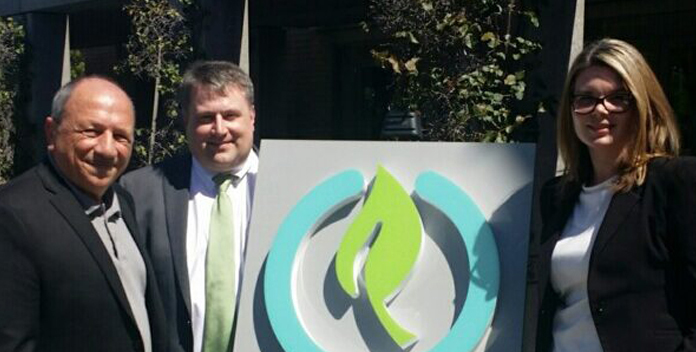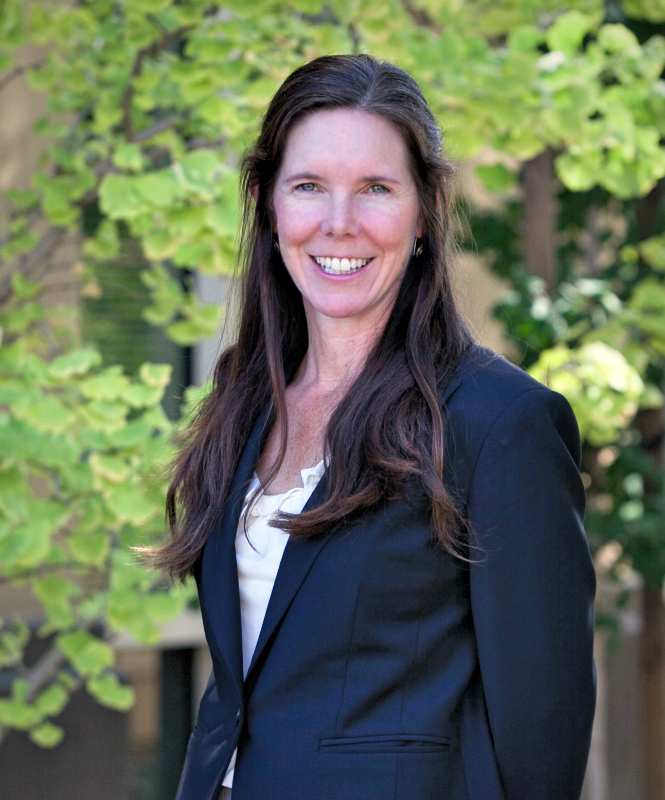Premier California business bank expands footprint, deepens ties in Bay Area
SACRAMENTO, CA — River City Bank is expanding its presence in the Bay Area with the establishment of a new office in the Financial District of San Francisco. This new location provides commercial banking and project finance services, and houses the Bank’s Clean Energy Division focused on servicing Community Choice Aggregation (CCA) clients, expanding relationships with other players in the clean energy space, and supporting California’s climate action goals. This addition marks the second Bay Area location for River City Bank, which opened a commercial banking office in Walnut Creek in 2015.
“After hitting a record number in assets and creating our new Clean Energy Division, we’re excited to open a second commercial banking office in the Bay Area,” said Steve Fleming, President and CEO of River City Bank. “The new office is a key component of our strategy to expand our focus and presence throughout California.”
The expansion is a natural progression of the bank’s shift from being primarily a Sacramento-centric consumer-oriented bank to focusing on commercial banking throughout California, and it comes after a series of significant milestones. In 2018, River City Bank grew to more than $2.2 billion in assets and launched the new Clean Energy Division under the leadership of Rosa Hilmarsdottir Cucicea, Vice President & Clean Energy Division Manager.
The Bank has taken a bold lead in the clean energy space, supporting CCA clients throughout California with their depository, cash management, and lending needs. Notable clients include Valley Clean Energy in Yolo County, Clean Power Alliance of Southern California, Marin Clean Energy, Silicon Valley Clean Energy, Monterey Bay Community Power and East Bay Community Energy. River City Bank provides CCA clients with custom-tailored solutions spanning start-up capital, lines of credit, renewable energy project financing and custodian “lockbox” accounts.
The new office is located at 201 Mission Street, Suite 1300, in San Francisco, and can be reached at (415) 293-4200. For more information on River City Bank, visit www.rivercitybank.com.





